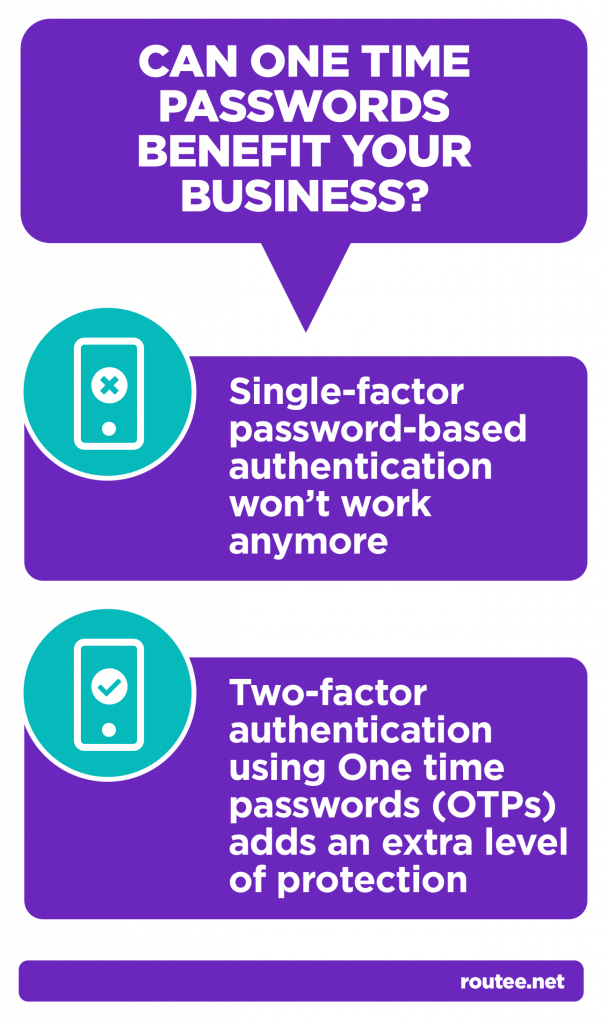How to create a powerful multi-level IVR for a call center
Reading Time: 6 minutesMany consumers do not like IVRs and, let’s be honest, they are right. There are so many terribly designed call center flows out there that customers feel frustrated when they try to reach a company. How does this happen? Well, these IVRs usually do not include in their menu the reason the customer called, or force callers to listen to irrelevant options, or present long menus and prevent callers from reaching live agents. As a consumer, it has most probably happened to you as well. As a developer, we sincerely hope it hasn’t!
Obviously, businesses do not intentionally create bad customer experiences. What happens is that many companies design their IVRs with themselves in mind. They do not focus on their customers but their products and services. Not to mention that many companies use their IVR to prevent calls from reaching their agents. That is not the point. Of course, companies want to save resources and expenses. But they will not achieve this by blocking the way to customers reaching their agents. The point is to focus on reaching the right agent or the appropriate department, or solution. Whatever your typical customer looks for.
We are not here to tell you that your contact center should not meet its self-service purpose. On the contrary, you can have both a self-service call center and still deliver excellent customer exeprience. One does not exclude the other. Yet, you do need to understand that to design an efficient IVR for your company you must ideally shift focus from creating a product-centric flow to a customer-centric one. So, here is how you can design a powerful multi-level IVR for your call center.
2. Create your IVR in a few simple steps and strengthen customer engagement.
Follow the steps mentioned below to design, monitor, and fine-tune your current cloud IVR or to build a powerful one from scratch. You can involve more team members from your company in the process, not just the system administration team. For example, if you have a marketing department you can request their input in crafting elegant voice transcripts that fit your brand’s tone of voice and are relevant to your customers.
1. Analyze your existing IVR flow
The first step is to identify whether the existing IVR system your company has satisfies your customers and your departments. Does it serve its purpose? You need to gather data from customers, customer support representatives, and any other stakeholders involved in the IVR flow. How long does it take for the IVR to route a call? Does it route the appropriate department? Are there any steps missing from the flow or redundant? How many resolved cases do you have on average? These data will provide you with valuable insights and information that you can use to identify bottlenecks in the flow so that you can make the necessary improvements and optimize the IVR flow.
2. Write down the IVR flow scenario
Keep in mind that your flow must be consumer-centric. Outline the process step-by-step with all the possible and alternative ways that your callers can be routed in your IVR system. Use a next-generation cloud IVR system to make your life easier. It will not only help you to facilitate the outlining process but you will also be able to directly proceed with setting and configuring the flow using simple, visual drag-and-drop tools.
An intelligent cloud IVR system can easily guide you in setting up the whole process, with a smooth and user-friendly process.
IVR scenario flow example
- Select your virtual long number (VLN) from the available list, or directly purchase one from within the platform and put it in action.
- Enable the call recording to the specific VLN to input a welcome message.
- Configure business hours and whether the number will be used for local or international incoming calls.
- Directly record your welcome message or upload a pre-recorded voice message file.
- Customize the IVR flow by selecting what callers must do to get directed to the right department or to resolve their issue. Again, record the appropriate message or upload a pre-recorded message. You can even configure the waiting length on every step of the IVR flow.
- Keep in mind that instead of recording a message, you can advance callers to a live agent, or a chatbot, or even to an authentication process if they want to proceed with a transaction.
- You can repeat the process of adding caller options to populate your cloud IVR flow and create a multi-level IVR. For example, you can set an option for callers who want to inquire about an existing order and a second option for those who want to place a new order. Each option will direct the caller to a different department, process, or live agent.
- Traditionally, an IVR repeats itself until a caller presses a button. Yet, the beauty of an intelligent cloud IVR is that you can configure failover options in case a caller does not execute any of the provided options within a specific period. You can add failover options as a separate branch for specific IVR flows. For example, you can select to redirect the caller to a general group (e.g., to the main customer service department) or to a voice mail to leave a message.
- If no failover is set, then each IVR step repeats itself until the caller proceeds with a suggested action or until he hangs up or until an agent, department, or process successfully replies.

3. Create your IVR transcripts
Make sure you create a set of transcripts for all the different cases you will craft for the IVR flow. Here is a list of the most common types of IVR transcripts that fit any call center:
-
- Welcome message
- Message with options for the caller after the welcome message
- Message or messages with sub-options for the caller for any intermediate step in the flow
- Out of business hours
- Leave your voicemail
- Your call is currently being directed
- All our agents are busy
At this step, you can ask for your marketing department’s input if your company addresses certain target markets. You may need to input messages that address certain customer personas in terms of demographics or interests and still fit your brand’s language.
4. Test your IVR scenario
The use of an intelligent cloud IVR system will help you to easily test your IVR scenario flow and get feedback from customers and stakeholders. We advise you to test the IVR scenario with someone who is not from your development or system administration team. Run the flow with an individual who is unfamiliar with the project. This is the best way to get crystal clear feedback to make any additional fine-tunings and it can save you hours from the redevelopment.
5. Monitor results and benchmarks
The advantage of operating an intelligent cloud IVR system is that it integrates valuable analytics with which you can keep an eye on metrics like abandon rates (e.g., at which point do customers drop the IVR flow?), average handling time, the number of calls handled within a specified period, customer churn rate, and so on. Monitoring metrics like these will help you fine-tune your cloud IVR and always keep it optimized for a great customer experience and company performance.
Final thoughts
IVR systems have evolved ever since they were first introduced back in the early 1970s. They have come a long way since. As you know, CTI (computer telephony integration) enabled IVR integration with third-party software (e.g., CRM, ERP). Recently, Artificial Intelligence (AI) and natural language processing and understanding (NLP and NLU) joined the club, making IVR systems more intelligent than many predictive dialer systems. Callers can speak their choices without the requirement of a call center menu. Next-generation communication providers like Routee, leverage all these robust methodologies. Routee’s cloud IVR system enables any developer to easily build intelligent omnichannel cloud IVR solutions with powerful voice broadcasting functionality. With intuitive and simple drag-and-drop tools you can provide successful operational efficiency to your next call center project.










